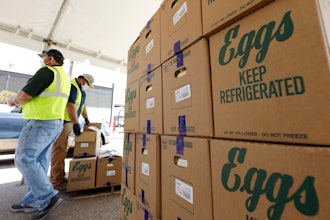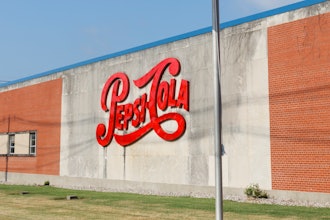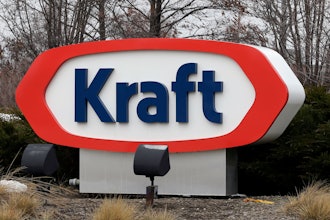As a food manufacturer, you should always be looking for ways to improve your sanitation and safety standards. Many companies have already implemented color coding plans to help to do this.
Here are 10 questions to ask yourself to see if you should consider implementing your own color coding plan at your plant.
1. Does your plant already have designated zones?
Many larger plants, or plants that produce multiple products, already have designated areas or zones sectioned by step in the production process or by product. It is very popular to designate colors to zones to differentiate tools and cleaning supplies that belong to each zone. Depending on the difference between zones, this color coding of tools can help with everything from prevention of contamination between zones to proper organization and storage of tools by holding each zone accountable.
2. Does your plant use chemicals?
Any plant that handles chemicals and food should have a color coding plan in place. Chemicals present a high-risk for food manufacturers and incorporating a color coding plan can help to reduce risk for contamination of food.
3. Does your plant process meat?
Many of the major recalls that grab headlines come from meat processing facilities. Raw meat should always be handled in a different part of a processing facility than processed meat. It is equally important that different tools are used in conjunction with the two phases of the process. Therefore, many companies will use a two-color system to differentiate tools that may handle raw meat and those that may handle processed meat. In addition, it is even smarter to implement a three-color system that includes tools meant for never touching meat.
4. Does your plant process any food items that are common allergens?
Plants that handle things like peanuts, shellfish and other common allergens are also at a higher risk for contamination, especially if they also carry products that do not contain those ingredients. If you haven’t already, you need to implement color coding to be sure that all employees are only handling certain tools around these areas.
5. Does your plant have a large staff?
Employing a large staff sometimes makes it difficult to hold people accountable for treating tools properly and for cleanup duties. It is a common practice to assign colors to certain shifts or departments to encourage proper usage of tools and the practice of returning tools to a proper storage location. In addition, this can help managers keep track of where they are losing money by identifying where they need to replace tools more often.
6. Does your plant employ multilingual staff members?
A color coding plan is a great way to implement safety precautions and procedures because it is easy to understand. In addition, it is common practice to create multilingual posters explaining the color coding process to display around the plant. Additionally, it is recommended that the plan is communicated regularly so that all members can understand.
7. Is there a difference between your cleaning and sanitation procedures?
For most food manufacturers, there is a clear distinction between cleaning and sanitation, and those procedures differ depending on the task. Many plants that are concerned with upholding high cleanliness standards implement two-color coding to distinguish tools for cleaning and for sanitation to ensure the best outcome.
8. Do you have difficulty creating a culture where workers treat tools properly and return them to designated ares?
A color coded plan helps create a more clean and organized culture because it becomes easy to visually see tools that are out of place. That employee that usually leaves tools wherever may take a moment to place them in their proper location when they are a bright color and stand out when not returned to their rightful place.
9. Do you need better documentation of safety procedures and precautions for inspections?
Inspectors and auditors look very favorably on color coding plans. The plans allow companies to have a clear, documentable procedure for preventing contamination and establishing a cleanliness plan. Most suppliers of color coded products are able to provide you with this necessary documentation and can even help you develop a plan that fits your plant’s needs.
10. Have you experienced any type of contamination scare in the past?
A prior scare or experience with a contamination of some sort is a huge red flag. More importantly, it presents an opportunity to evaluate current precautions and procedures. Implementing a color coding plan is one way to prevent this sort of scare from happening at your plant again.
About the author
Bob Serfas is the founder and executive of R.S. Quality Products. R.S. Quality Products specializes in sanitary, coded-coded cleaning tools. We manufacture stainless steel, aluminum and fiberglass handles in ten colors in house. In addition, R.S. Quality Products acts as a distributor for several manufacturers of premium color-coded tools. Our customers are mostly food processors and,pharmaceutical,firms. We also enjoy working with companies to set,up color-coding programs.























